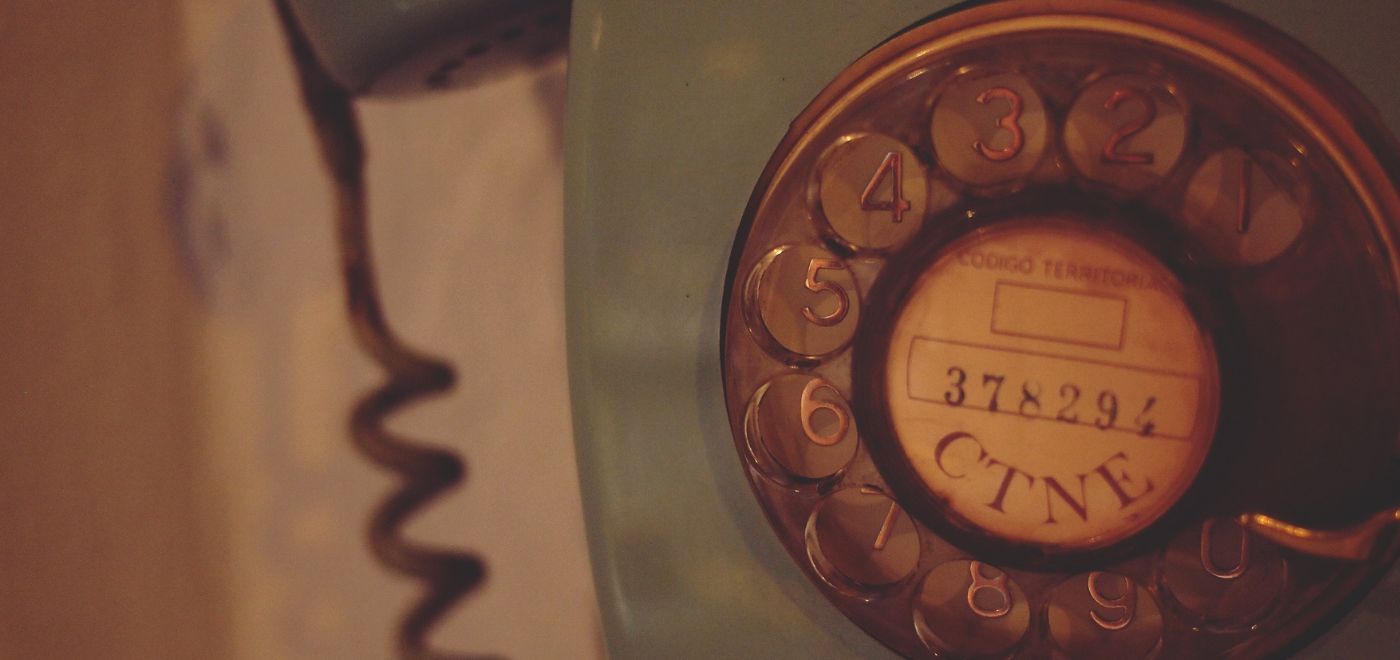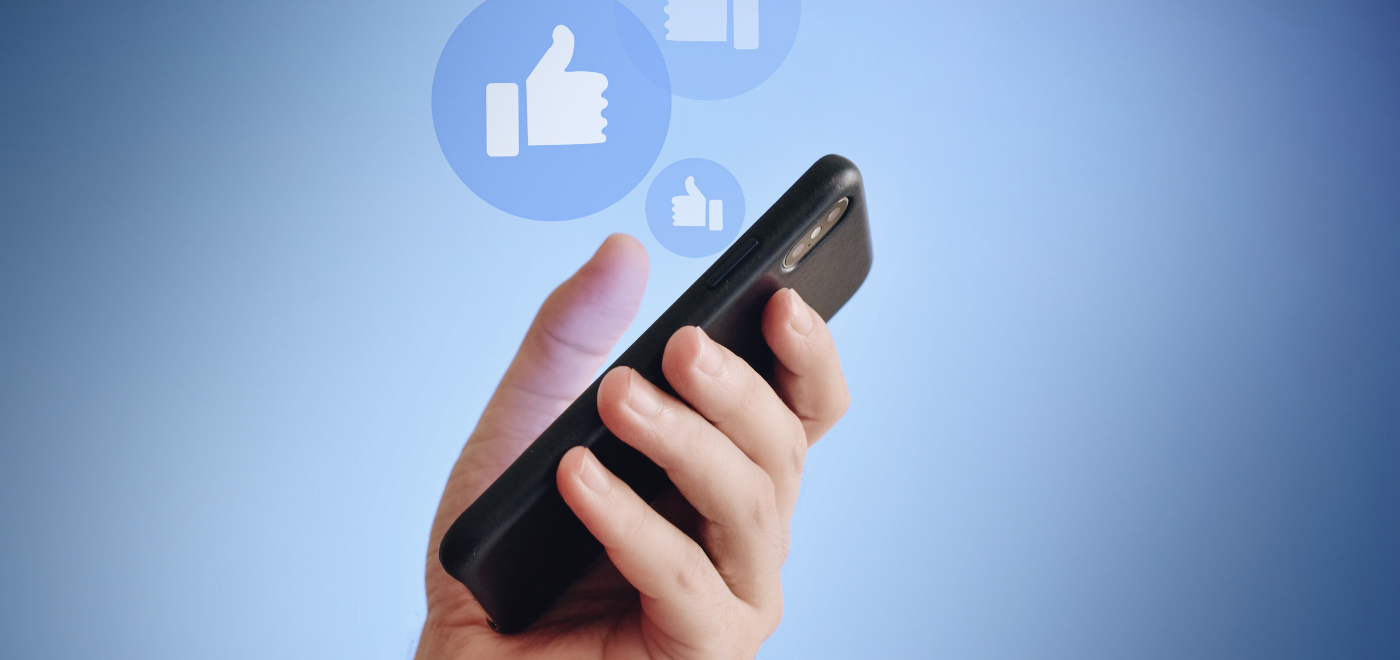![]()
This blog post explores 5 real-world hotel scenarios where mobile ordering improves operations, streamlines service, reduces workload, and enhances the guest experience across touchpoints.
In a world where we can summon a ride with Uber and Doordash our dinner or groceries with just a few taps, it’s no surprise that hotel guests increasingly expect the same kind of ease during their stay. So, what gives us this impression? Well, guests are quietly ditching the in-room phone.
Naturally, a new way of requesting service has to take its place. Hotels have a few options here — in-room tablets, branded apps, or mobile web apps with mobile-native ordering features. Whichever direction fits your hotel best, one thing’s clear: this shift is quietly urging hoteliers to rethink how they connect with guests.
In this blog post, we’ll look at why making a phone call is no longer the go-to method for guests, and explore what tools can help meet their changing expectations. Let’s dive in.
The Silent Retreat From Room Phones
Room phones used to be the first and only option for contacting hotel staff. Of course other than finding them in person. Now, they’re often the last resort. A 2020 Metova survey reveals that 90% of hotel guests prefer to use their smartphones or digital devices to access services instead of calling the front desk. Likewise, a Criton report found that over 80% of guests say they’d rather make requests via a digital interface whether it's a tablet or an app.
This preference spans generations, though it’s especially prominent among Millennials and Gen Z travelers — guests who are already accustomed to mobile-first service in every other aspect of their lives. The expectation from guests that hotels offer some form of digital ordering systems will no longer be optional.
Aside from guest expectations, outdated hotel room phones are costing hotels up to $50,000 per year. We've conducted an in-depth ROI analysis in our white paper, The Hotelier’s Guide to Hotel Room Phones, and provide 12 actionable strategies to help you master your phone strategy.
What Is a Mobile Ordering System for Hotels?
So, if the in-room phone is on its way out, what’s replacing it? More and more, it’s mobile-native ordering — a simple, intuitive way for guests to request services digitally, either through in-room tablets or their own smartphones.
Here’s how it works: instead of calling the front desk, guests can place orders, make requests, or explore services with just a few taps. They might be stretched out by the pool, getting ready for bed, or halfway across town — and still able to book a massage, order dinner, or request more towels, all from their own device.
Solutions like SuitePad’s BYOD solution for hotels make this even easier by skipping the app download altogether. Guests just scan a QR code or follow a link, and they’re in.
For hotels, the benefits are hard to ignore. Fewer calls to reception means fewer interruptions and more time for staff to focus on what really matters — creating great guest experiences. Requests go directly to the right teams, which speeds things up and reduces miscommunication. It’s smoother for staff, smarter for operations, and far more convenient for the guest. The right hotel guest request system can unlock operational efficiency while supporting a modern guest experience.
Best Practices: Making the Most of Mobile-Native Ordering
Let’s be honest, not every guest request happens from the comfort of their bed. And not every moment lends itself to picking up a phone or walking over to reception.
That’s where mobile-native ordering starts to show its true value.
Here are a few real-world moments where BYOD solutions like SuitePad’s can quietly elevate the guest experience and make life a whole lot easier for hotel teams too:
- Poolside or Outdoor Areas
Guests lounging by the pool or relaxing in outdoor spaces often have no access to in-room devices or staff. BYOD allows them to order food, drinks, or amenities from their own phones, without having to move or wait for service. - Guests on the Move
Whether heading out for the day or returning from an excursion, guests can use their smartphones to schedule room cleaning, order ahead, or book services — even while off-property. - Hotels with Limited Staff
In smaller or independent hotels, front desk staff may be stretched thin. Mobile ordering reduces phone traffic and automates service requests, allowing teams to stay focused and responsive. - Busy Service Hours
During peak times like breakfast or dinner, digital ordering prevents bottlenecks by letting guests browse menus and place orders directly. No waiting on hold or repeating details over the phone. - Language or Accessibility Barriers
For international guests or those with hearing or speech difficulties, digital interfaces provide a clear, comfortable way to request services with visual options and multilingual support.
By anticipating where guests are and how they want to interact, mobile-native ordering extends your service reach and delivers convenience where it’s needed most.
Conclusion
The way guests request service is changing — quietly but quickly. They want the same ease they experience everywhere else in life, and mobile ordering makes that possible. It gives them the freedom to make requests on their own terms, while helping hotel teams stay focused and efficient. From poolside drinks to late-night towel requests, mobile-native solutions meet guests where they are and keep operations running smoothly. It’s a smarter, more flexible way to deliver great service.
Published on 3 June 2025

.png)

.png?width=100&height=100&name=Bastien%204x4%20(11).png)



